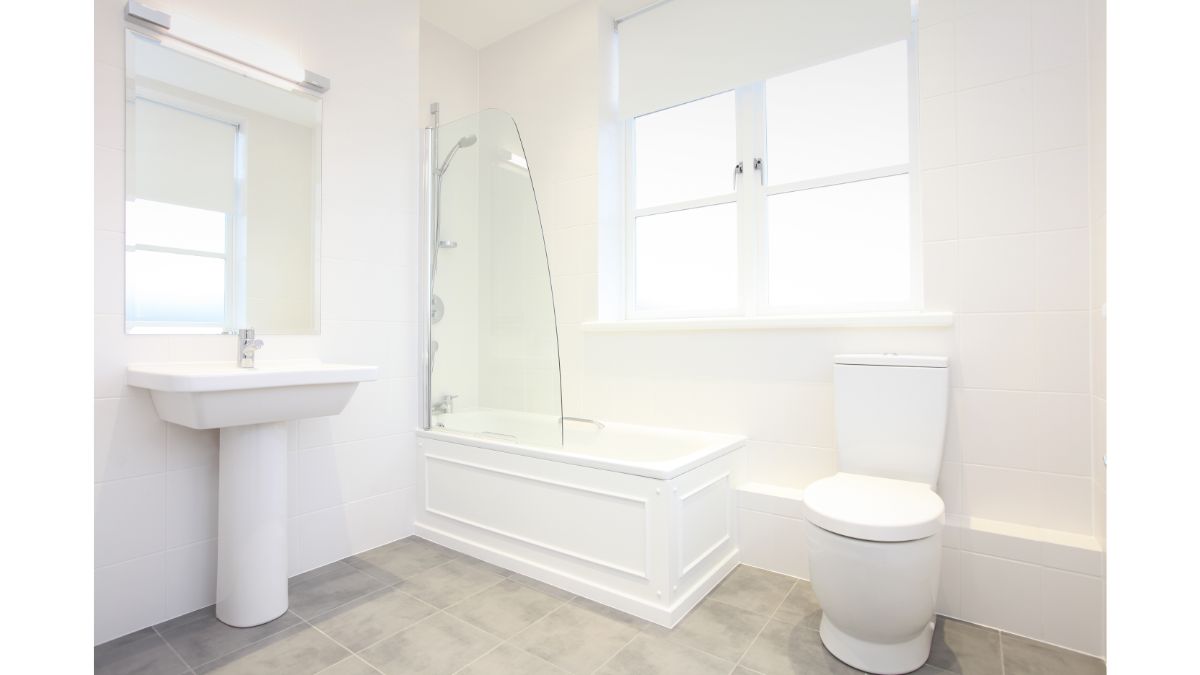International. Researchers reporting in ACS Applied Materials & Interfaces develop a simple, transparent coating that makes surfaces, such as porcelain, more water-repellent.
They show how this surface treatment effectively prevents bacteria from sticking to the inside of the toilet bowl.
Coatings can be applied to glass and porcelain to ensure that water droplets slide off easily, preventing, for example, mist or bacterial films from forming. To add this water-repellent property to surfaces, scientists often design microscopic structures, such as tiny spikes and hooks on birds' feathers, to trap air or oils between the surface and water droplets.
But this approach is often labor-intensive and can change the appearance of the surface. Another approach involves grafting slippery polymer chains onto a surface, and those polymers act as a permanent oil slick. However, this technique can involve harsh chemicals and is not viable for use on everyday items. So, Mustafa Serdar Onses and his colleagues wanted to find a more practical way to make polymer-grafted surfaces repel water and prevent the growth of bacterial films.
The chosen approach involved grinding poly(dimethylsiloxane) (PDMS), a silicone oil, in a ball mill for one hour. At the mill, tiny balls of tungsten carbide bombarded the oil at high speeds, breaking some of the polymer's chemical bonds and forming new molecules. The team hypothesized that ground PDMS would quickly graft onto surfaces, such as glass or porcelain, forming a durable oily layer.
The researchers applied the ground oil to one side of the inside of a sterilized toilet bowl, leaving the other half untreated. They then poured sterile human urine combined with E. coli and S. aureus bacteria into the toilet and subsequently cleaned what was left in both halves of the toilet. Bacteria culture tests showed that the PDMS-treated area inhibited 99.99% of bacterial growth compared to the untreated area.
Further experiments showed that both porcelain and glass surfaces coated with ground PDMS strongly repelled water, suggesting that, in the first test, urine and bacteria slid down the wall of the treated toilet bowl. The researchers say their clear, colorless toilet treatment method could be a practical way to self-disinfect shared surfaces for public health applications.


























Leave your comment